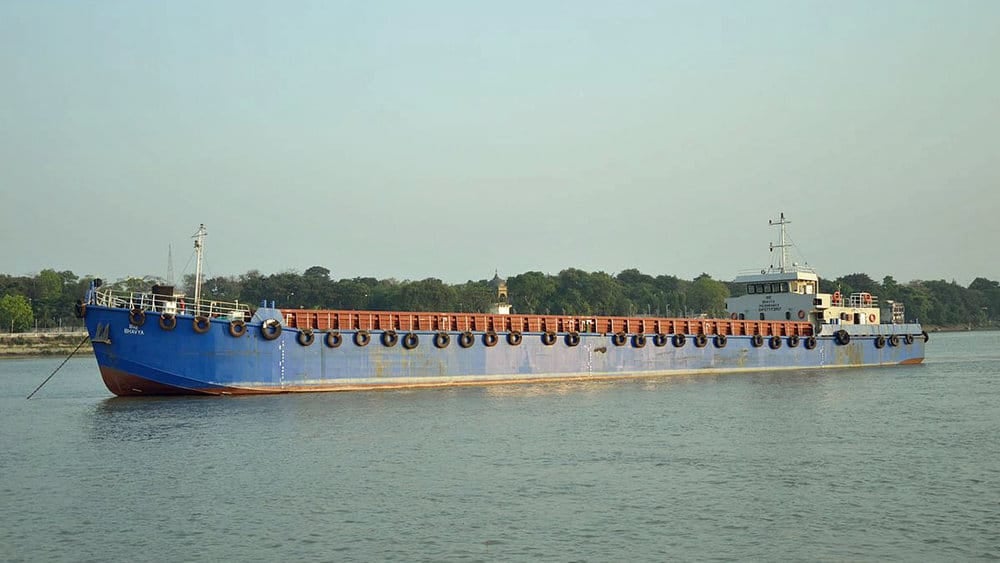
Maersk Line, the world’s largest container shipping company, has become one of the initial entrants into National Waterway-1, India’s first commercial inland waterways laid out across the Ganges River (Ganga in the Hindi language) in northern India. Despite having several major rivers running across the length of the country, India has struggled to build viable inland water transport (IWT) networks – either due to a lack of a cohesive vision or to a paucity in infrastructure funds allocated from the central government.
It was only recently that the administration of Prime Minister Narendra Modi saw promise in IWT, with the government granting capital through its flagship Sagar Mala Programme – an initiative to enhance India’s logistics sector. Sagar Mala entails a phased investment of around $120 billion till 2035 and once fully completed, aspires to reduce logistics costs of international and domestic trade by nearly $5.6 billion per month. The Ganges was chosen as the first river to accommodate a commercial IWT network, due to its length and the terrain it courses through.
The Ganges is considered as one of the holiest of rivers in India. The river flows for 1,569 miles, originating over the Himalayas and flowing across the highly populated states of Uttarakhand, Uttar Pradesh, Jharkhand and Bihar, before emptying into the Bay of Bengal via Bangladesh. The Ganges River basin is a lifeline to millions of people across India and Bangladesh, with thousands of small- and mid-sized industries depending on the river for their commercial water needs.
In November 2018, Prime Minister Modi unveiled India’s first riverine multimodal terminal in National Waterway-1 across the Ganges, through which container lines can now haul cargo from Varanasi to Kolkata, covering a distance of 420 miles in around 10 days. Developed at the cost of $760 million, the waterway is expected to bolster India’s paltry IWT freight movement, which accounts for just 0.5 percent of the total freight volume being moved across the country.
The economics behind IWT is sound – the Indian Planning Commission estimated that coastal and inland shipping would be 63 percent cheaper than road and 38 percent cheaper than rail. Though India’s ports carry 95 percent of its total international trade in volume, domestic coastal and inland shipping accounts for a meager 7 percent. By comparison, coastal and inland shipping across China and Japan record 20 and 42 percent of their total domestic cargo movement respectively.
In India, the percentage is expected to rise now, with Maersk commencing operations across Waterway-1, moving 16 containers on the Ganges today. “Maersk moving containers on river Ganga follows similar movements already done by firms like PepsiCo, Emami Agrotech, IFFCO Fertilizers and Dabur India. With Maersk on board, the cargo from the hinterlands will move directly to and from Bangladesh and the rest of the world through the Bay of Bengal,” said the Ministry of Shipping in a statement. “The project would enable commercial navigation of vessels with a capacity of 1,500-2,000 tonnage (deadweight).”
In addition, pilot movements on National Waterways are currently being tested across various stretches. More than 15 such projects have already been successfully completed, including integrated movement through Waterway-1 (Ganges River), Indo-Bangladesh Protocol Route, and Waterway-2 (Brahmaputra River).
